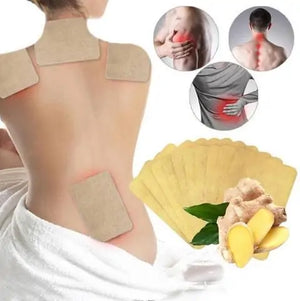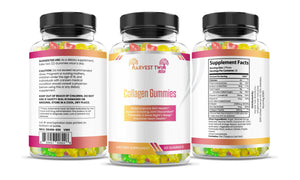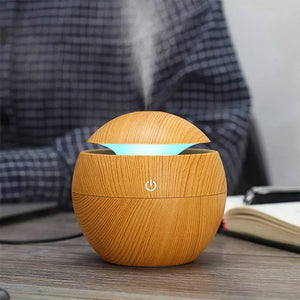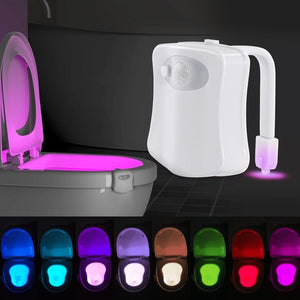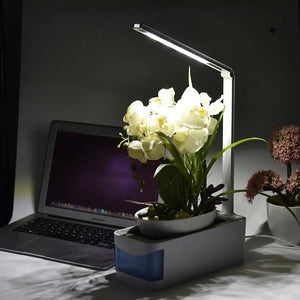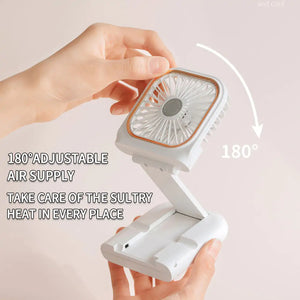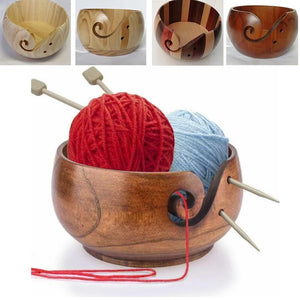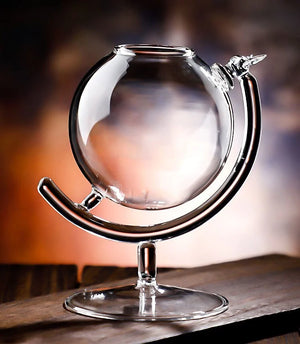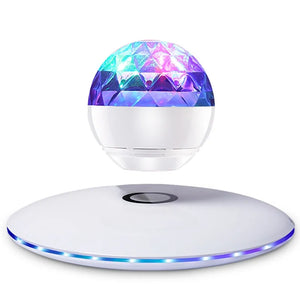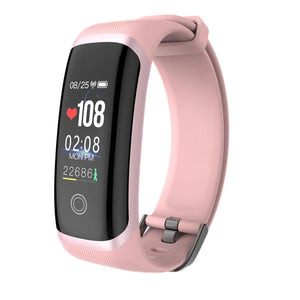
Microplastics are not just a distant environmental issue. They are now deeply embedded in our daily lives.
They are in the air we breathe, the water we drink, and even in our organs, including the liver, blood, and brain.
According to a recent article by Amudalat Ajasa of The Washington Post, microplastics are almost impossible to avoid, and their presence in the human body has become a global public health concern.
As scientists like Sherri Mason, a freshwater and plastic-pollution researcher, emphasize, this is a crisis many people remain unaware of, but there are steps we can take to minimize our exposure.
It’s an issue where the staff at Nifty Cool Stuff – our online lifestyle store – believes we can help.
What Are Microplastics and Why Should We Care?
Microplastics are tiny particles of plastic, less than 5 millimeters in size, that result from the breakdown of larger plastic items or are intentionally manufactured for use in products like cosmetics, clothing, and cleaning agents.
While these particles are microscopic, their impact is anything but small. Emerging research is increasingly showing that microplastics have far-reaching consequences on both the environment and human health.

Scientists, including Nicholas Fabiano, author of a recent commentary in Brain Medicine, caution that while the long-term effects are still not fully understood, there is growing evidence that microplastics are harmful.
These tiny particles have been found in the human brain, liver, and bloodstream, suggesting that our exposure is constant and unavoidable. Moreover, the particles are known to carry harmful chemicals, which could contribute to various health issues, from inflammation and hormonal disruption to cancer and neurological damage.
Microplastic Exposure Through Water
One of the most common ways we are exposed to microplastics is through drinking water.
As Sherri Mason points out, bottled water is a significant contributor to microplastic contamination. Research has shown that an average liter of bottled water contains around 240,000 plastic particles, most of which are tiny nanoplastics that are too small to see with the naked eye.

By switching to filtered tap water, we can significantly reduce our intake of microplastics.
While tap water also contains some microplastics, it is typically in much smaller amounts, and in the USA, tap water is more strictly regulated, making it a safer alternative to bottled water. Additionally, while boiling or filtering water can reduce microplastic levels by up to 90%, it can also inadvertently release harmful chemicals from plastics.
As Mason advises, most people in the USA do not need to rely on bottled water, as tap water is a safer, more sustainable choice.
Plastic Food Containers: A Hidden Source of Contamination
Another way microplastics find their way into our bodies is through food.
The use of plastic containers and packaging has become ubiquitous, and many of these materials shed microplastics into the food they contain.

Researchers have found that items packaged in plastic containers – such as peanut butter or canned goods – are particularly prone to microplastic contamination.
As Mason highlights, even canned food and beverage cartons can contribute to microplastic exposure, as these items are often lined with plastic that can shed particles into the contents. To reduce exposure, experts like Jane Muncke, managing director of the Food Packaging Forum, recommend replacing plastic containers with alternatives such as glass or stainless steel.
These materials are less likely to leach harmful particles into food. Furthermore, Muncke advises avoiding plastic packaging for hot food, as heat accelerates the migration of microplastics into the food.
The Dangers of Microwaving in Plastic Containers
One of the most concerning ways microplastics can enter our bodies is through the microwaving of food in plastic containers.

Research has shown that heating food in plastic can release millions of microplastic particles in just a few minutes. This is particularly true for plastic food pouches and containers, which can release up to 4million microplastic particles per square centimeter.
The risk is even higher when microwaving acidic or fatty foods, which can increase the release of harmful particles. To minimize exposure, experts recommend using glass containers when microwaving food.
Glass is non-reactive, meaning it won't release any harmful substances when exposed to heat.
Processed Foods: A Hidden Source of Plastic
Microplastics are also prevalent in processed foods, which often contain higher concentrations of plastic particles than minimally processed foods.
Studies have found that protein products, such as breaded shrimp and chicken nuggets, contain significant amounts of microplastics. The more processed the food, the more likely it is to contain microplastics, according to Muncke.

One study found that breaded shrimp had the highest concentrations of plastic particles, while highly processed chicken nuggets contained up to 30 times more microplastics per gram than chicken breasts.
Even something as innocuous as salt could be a source of microplastics. A 2023 study found that salts – including Himalayan pink salt, sea salt, and table salt – contained measurable amounts of microplastic particles. Coarse Himalayan salt and black salt had the highest concentrations, while iodized salt had the least.
Switch to Plastic-Free Tea Bags
Plastic tea bags are another often-overlooked source of microplastics. Made from nylon, these bags can release billions of microplastic and nanoplastic particles into tea when brewed.
Experts suggest that switching to loose-leaf tea or tea bags made from biodegradable materials, such as cellulose, can help reduce microplastic exposure.

These alternatives are not only safer but also help the tea absorb harmful materials like heavy metals.
Taking Action to Reduce Microplastic Exposure
As Ajasa’s article highlights, it’s clear that microplastics are a pervasive problem, and while complete avoidance is nearly impossible, there are steps we can take to minimize our exposure.
Choosing filtered tap water over bottled water, avoiding plastic food containers, using glass in the microwave, and steering clear of highly processed foods are practical ways individuals can reduce their microplastic intake.

By being more mindful of the plastics in our routines, we can collectively begin to tackle this growing public health crisis. As more research emerges, it’s crucial to stay informed and take action to protect both our health and the environment from the pervasive dangers of microplastics.
Nifty Cool Stuff features the quality items shown here as well as more that can help address this matter. Feel free to give us a click, look around, and discover the part they can play in your living a better life.



















